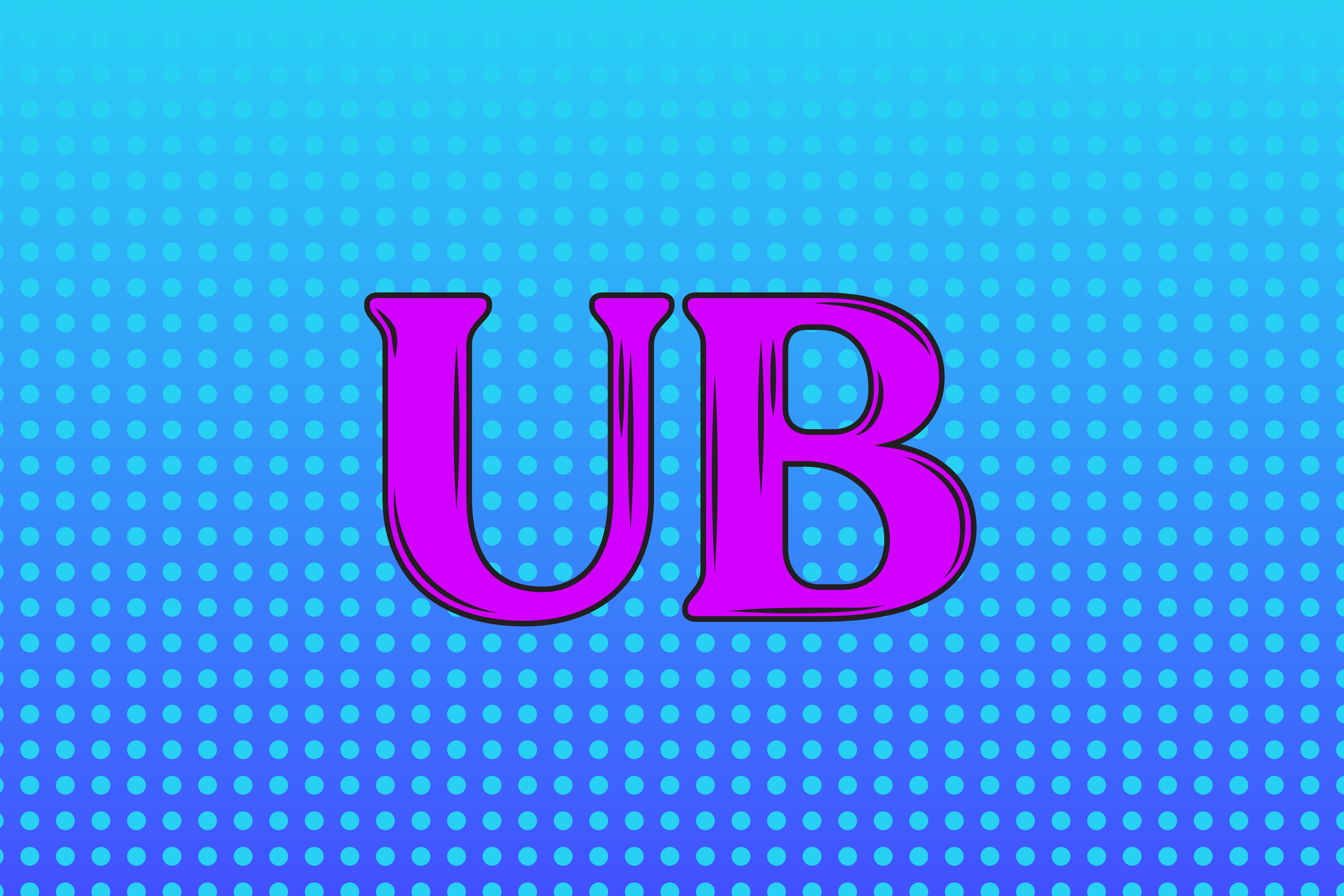Making an Agile Engineering Group: Effective Application & Integration Of Technology In Company Operate

Opinions expressed by Entrepreneur contributors are their own.
You’re reading Entrepreneur India, an intercontinental franchise of Entrepreneur Media.
Various corporations right now are undergoing agile transformation, adopting the agile way of doing the job as an effective way of driving effectiveness and productiveness. The distinction is amongst performing agile and remaining agile, likely further than viewing agile as a challenge management methodology to embracing agile techniques of considering, executing, and being across the organizational construction. The agile way of doing the job brings all stakeholders nearer thus enabling a lot more seamless functions.
When it arrives to true agile working outside of people today management and structures, I believe that that the way software techniques are created for groups to function on a day-to-working day basis plays a major role in supporting, sustaining, and strengthening an organization’s agile society.
Permit me use the case in point of technology groups to illustrate the importance of agile in enabling seamless shipping and delivery of items and characteristics. Most organizations use a common three-tier program for their technological know-how crew structures – developers doing work on the user practical experience, the infrastructure staff that offers entry to details, and information engineers.
When groups are set up with these a few layers, dependencies throughout levels turn into unavoidable, which in flip decreases the velocity of worth shipping and delivery.
Preferably, agile technological know-how groups must be formed with out these levels to know the comprehensive positive aspects of agile=. The construction could be optimal in some circumstances and sub-exceptional in other people.
Our intention must be to deliver self-contained or a lot less dependent programs mush as feasible, so that independent and autonomous groups can be fashioned. Previously, we did not have also many possibilities largely since of the deficiency of the needed technological infrastructure. On the other hand, the technological innovation landscape has advanced drastically in excess of time, together with the adhering to:
- Micro frontends – Letting for unbiased advancement and possession of consumer interfaces
- Microservicesand containers – Enabling improved ranges of faulttolerance and scalability, which are software package language-agnostic
- Emergence ofpurpose-built databases – Different databases such as critical-worth pairs, relational databases, graphs,and the like
- DevOpspipelines – Ongoing integration and steady shipping (CI/CD) with built-in testing frameworks
- Evolution ofcloud – Enabling separation of sources through cloud accounts, with ample elasticity developed in
- Orchestrationandnetworking components, a extensive variety of observability applications, and more
In mixture with this kind of technological breakthroughs, I would advise the pursuing concepts for agile know-how teams to be most efficient:
- Modularize architecture – The engineering units and architecture readily available in quite a few technologies corporations todayis the final result of a long time of utilizing the Waterfall methodology, resulting in characteristics monolithic groups buildings and strategies of running, as a result building it challenging to work in an agile fashion. Architecture methods must be modularized so that groups can get the job done jointly effortlessly and seamlessly.
- Redefine ownership–Usually engineering assets are categorized by levels, resulting in their differentiated ownership amid teams. For example, databases are owned by data teamswhile facts entry layers or APIs are owned by yet another workforce. To be a lot more agile, the assemble of possession really should be redefined throughvertical slicing, so that the technology staff as a total owns property across boundaries these kinds of as the consumer interface, APIs, information,and extra. As a result of shared ownership of belongings and the modulization of devices, person cohorts can obtain the belongings they want for any endeavor at any time, thereby facilitating seamless and fairly independent functioning.
- Get rid of dependencies – Non-agile technology groups extremely oftenhave to go by centralized groups or groups at other concentrations even for modest details or API modifications. This generates dependencies and prospects to substantial backlogs of responsibilities, resulting in reduction or efficiency as teams get the job done on handling dependencies relatively than the major process at hand. Each time and wherever probable, dependencies need to be removed. Modularized units with a redefined possession of property aid in doing so.
All of this points to the simple fact that for technology organizations to be genuinely agile, they have to create quite unbiased units and groups. This will enable them not only enhance efficiencies and efficiency, but also help more efficient functioning and alternatives.





